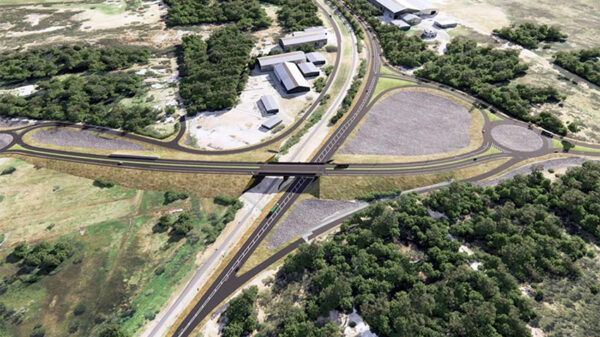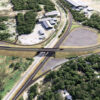The newly constituted National Economic Council (NEC) will convene today (Monday) to review ongoing and future investments and set targets for the next fiscal year. The council aims to achieve a 3.6% growth rate amid the planning division’s push to increase next year’s federal Public Sector Development Programme (PSDP) to Rs1.5 trillion, compared to the Rs1.22 trillion recommended by the Annual Plan Coordination Committee (APCC) last week.
Chaired by Prime Minister Shehbaz Sharif, the NEC, the highest constitutional forum for economic policymaking, comprises 13 members, including four provincial chief ministers, four federal ministers (for foreign affairs, defense, finance, and planning), and four provincial cabinet members. The council will address a six-point agenda, reviewing the 2023-24 macroeconomic framework and approving economic priorities and targets for 2024-25. It will also consider and approve the 13th five-year plan (2024-29) and review the implementation of the current year’s public investment program, planning for nearly Rs4 trillion in development spending by the Centre and the provinces for the next fiscal year.
The APCC has approved a national investment plan of approximately Rs2.869 trillion, including Rs1.22 trillion for the PSDP and annual development plans (ADPs) of Rs700 billion for Punjab, Rs763 billion for Sindh, and Rs627 billion for Khyber Pakhtunkhwa. Balochistan’s ADP will be finalized during the NEC meeting, considering its limited resources and high dependency on federal transfers. Punjab has reportedly planned a higher ADP that could match the federal PSDP. Additionally, the power sector is set to allocate Rs185 billion for development projects from consumer-generated resources approved by Nepra. Consequently, the overall national development plan for the next fiscal year is expected to exceed Rs4 trillion.
The NEC will also review performance reports from the Executive Committee of the National Economic Council (Ecnec) and the Central Development Working Party (CDWP) for the outgoing fiscal year, assessing the decisions and their implementation. Additionally, the performance of state-owned entities will be evaluated.
Sources indicate that the Ministry of Planning is advocating for increasing the 2024-25 PSDP to Rs1.5 trillion, up from the Rs1.221 trillion approved by the APCC. Some critical areas were reportedly overlooked by the APCC, and there are additional demands from coalition partners that the planning minister and prime minister may consider accommodating.
A senior government official commented, “There’s nothing wrong in aiming for higher PSDP investment, though its implementation would depend on the actual resource availability during the course of the fiscal year.”
Growth targets for the next year include a proposed 3.6% overall growth, with 2% growth in the agricultural sector, 4.4% in the industrial sector, and 4.1% in services. The Planning Commission stated that growth prospects depend on political stability, exchange rate stability, improvement in external accounts and inflows, macroeconomic stabilization under the IMF program, and a potential decrease in global oil and commodity prices.
The agricultural sector’s 2% growth target reflects a significant contraction, with important crops expected to contract by 4.5% due to severe dry weather and inadequate water availability, particularly for kharif crops. Other crops and the livestock sub-sectors are anticipated to grow by 4.3% and 3.8%, respectively.
The industrial sector is expected to recover in 2023-24, targeting a 4.4% growth driven by a projected 3.5% increase in large-scale manufacturing (LSM). This growth is expected to be bolstered by improved inputs and energy supplies, an anticipated fall in global oil and commodity prices, easing of import restrictions, higher public sector expenditure, exchange rate stability, and a decline in interest rates. Consequently, the prices of construction materials are expected to decrease, supporting a 5.5% growth target for the construction industry in 2024-25.
The services sector is also projected to grow by 4.1%, with the 3.1% growth in commodity-producing sectors complementing this target. Increased economic activity in the industrial and manufacturing sectors is expected to translate into better growth in wholesale and retail trade, transport, storage, and communications.
The total investment-to-GDP ratio is expected to rise from 13.1% in 2023-24 to 14.2% in 2024-25 due to anticipated economic recovery, an improved business environment, and political stability. Fixed investment is expected to grow by 27.6% on a nominal basis, increasing from 11.4% of GDP in 2023-24 to 12.5% in 2024-25. National savings are targeted to reach 13.3% of GDP for 2024-25, up from 13% this year.
The government anticipates a reduction in the fiscal deficit through fiscal consolidation measures focused on enhancing tax revenue and curtailing non-development expenditures, including subsidies. The monetary policy will align with the goals of managing inflationary expectations and fostering growth. With falling global inflation, domestic average inflation is expected to moderate to 12% next year.










